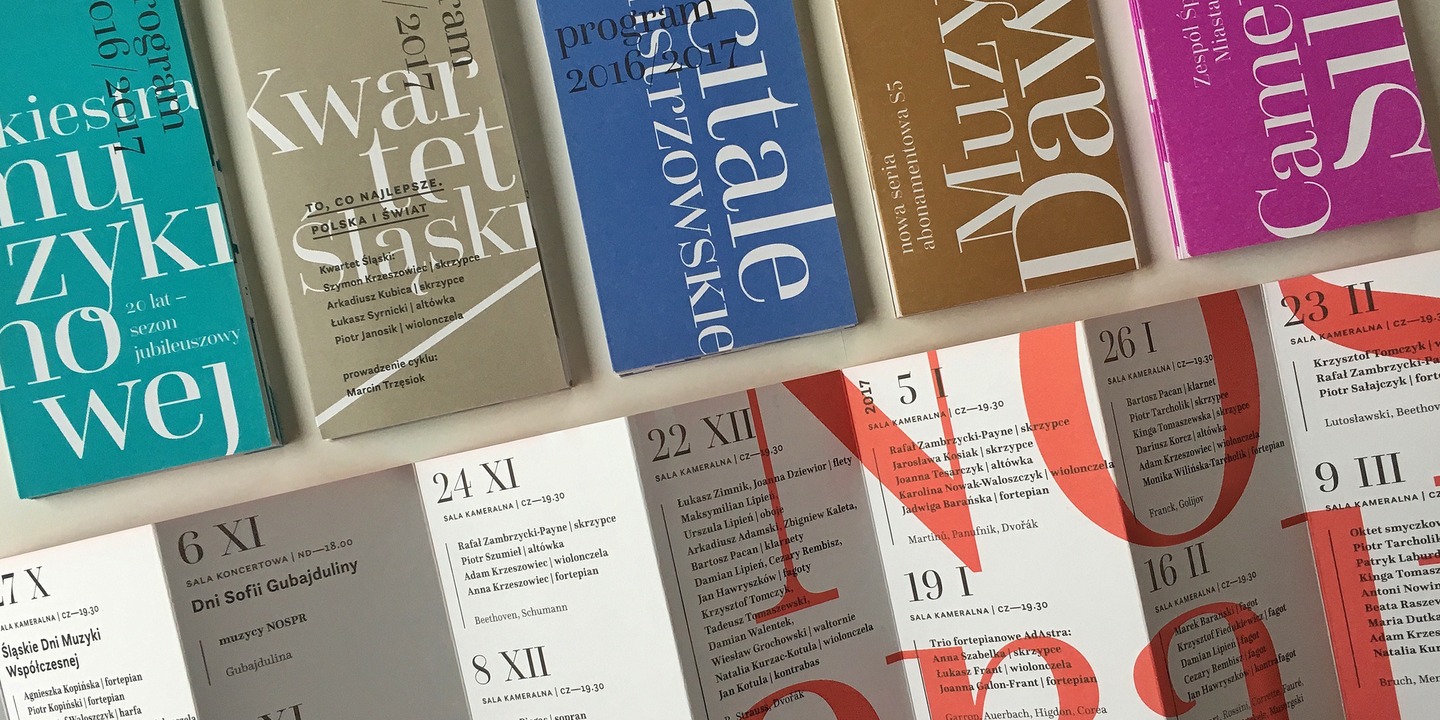
In comparison: typefaces like Folio or Helvetica – both made in 1957 – were not based on a serifed typeface. This is exactly the path that has been followed during the design process of Questa Sans: from a neoclassicist serifed typeface to a modern sans, rather than imitating existing sans typefaces. Given the fact that before that time there were hardly any serious sans serifs, it could be assumed that Akzidenz-like typefaces were more or less based on the serifed text faces that were fashionable at the time, like Walbaum and Didot.Īkzidenz Grotesk could have been derived from the group of Didot-like classicist typefaces, whereas Helvetica and Folio just imitate Akzidenz GroteskĪdvertisement from 1899, announcing ‘Accidenz-Grotesk’ It was created shortly before the year 1900 as one of the first mature sans serifs suitable for setting large amounts of texts. In this context the history of Akzidenz Grotesk is quite interesting. Ultimately the whole process of deriving a sans from Questa serif resulted in a typeface much in the spirit of the first serious sans text faces, like Akzidenz Grotesk. Questa Sans was derived by cutting away the serifs, changing the contrast and optically correcting its shapes The way the sans was going to look was a logical outcome of the process of cutting away the hairline serifs, changing the contrast, and optically correcting its shapes. In developing the sans there was no room for ‘niceties’ or ‘handsomeness’. Questa comes in five weights in both roman and italic.įrom the start of their collaboration Buivenga and Majoor intended to design a sans serif counterpart that would simply be based on the shapes of Questa serif. The strong text color of both roman and italic makes Questa very suitable for print as well as for use on screens. Where the stress in the roman shapes is in the vertical elements of the numerals in the italic this is reversed, very much as can be seen in the lowercase ‘z’ of the roman and italic. The numerals in Questa italic have a clearly different contrast than their counterparts in the roman. Reversed contrast in the numerals of Questa Italic, similar to the contrast in the lowercase z In Questa Italic there are several style elements that can be traced to Humanist or handwritten letterforms

This makes it difficult to classify Questa italic it is in fact quite far removed from the typical Didot-esque italic style. However, there is room for several style elements that can be traced back to Humanist or handwritten letterforms. Questa Italic, compared to Didot Italic, is more upright and less constructed Terminals and serifs of the italic are treated in the same way as the roman to ensure that both styles will work together when they are combined. The italic of Questa – compared to a typeface like Didot – is more upright and less constructed. The inclusion of small caps, four sets of figures, ligatures and extended language support makes Questa a real workhorse typeface. This means, compared to Didot, the x-height of Questa is rather big and the capitals are relatively small. The proportions between x-height, capitals, and ascenders/descenders are very much adapted to present-day needs. Instead its shape is a teardrop terminal with a sharp-pointed ending. Questa doesn’t have the ball terminals typical of many Didot-like typefaces. Modern digital revivals of Didot-like typefaces are often very thin, even compared to the original printed metal typefaces from around 1800. At the same time the thin parts and the unbracketed serifs are strong enough to prevent the characters from breaking open. The contrast within Questa’s characters is relatively high. Questa has smaller capitals and a larger x-height than Didot, making it better adapted to present-day needs Questa belongs to the group of Didot-like neoclassicist typefaces The goal was not to make a revival of any of these three, but rather an original typeface.

To prevent Questa’s shapes from becoming too clean and sharp, several features – not typical to Didot-like typefaces – were considered. Typefaces like Didot, Bodoni, and Walbaum were reviewed and some characteristics were used as rough guidelines for the design.

The extensive Questa family includes serif, sans, and display typefaces.įirst of all the text version of the Questa super family had to be designed, not in the least to serve as a basis for both the sans and the display version. It was a perfect base on which to apply Majoor’s type design philosophy that a serif typeface is a logical starting point for creating a sans serif version and not the other way around. Their collaboration began in 2010 using Buivenga’s initial sketches for a squarish Didot-like display typeface as a starting point. The Questa Project is a type design adventure by Dutch type designers Jos Buivenga and Martin Majoor.


 0 kommentar(er)
0 kommentar(er)
